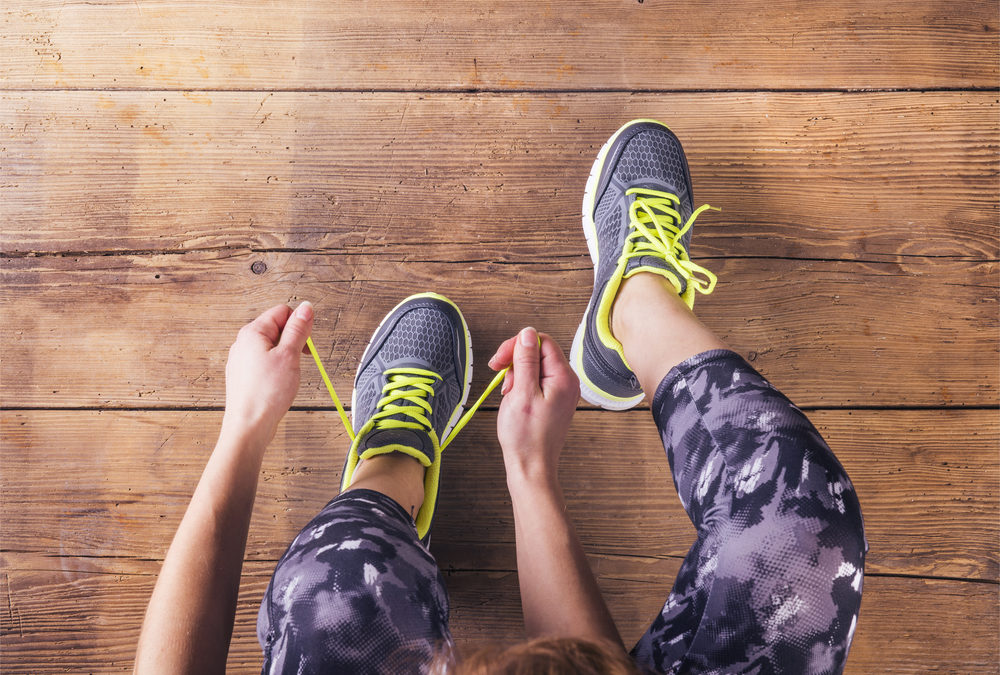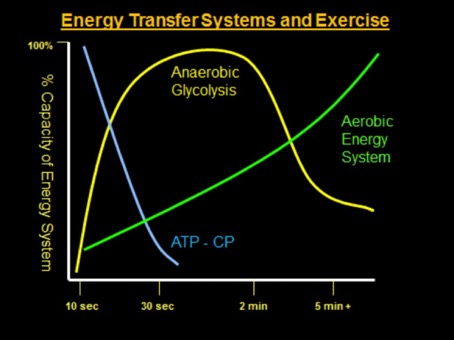WARM-UP for Training
Names like active warming, dynamic warming, dynamic flexibility, general preparation exercises, active stretching, warming, warm up etc. are a set of concepts and exercises that we use in the introductory part of training. Perhaps the notion of warming is too simple, given his role.
The main goal of the introductory part of training must be preparation of athletes for the game or activities that follow in the main part of training. Unfortunately, many athletes and trainers ignore this part of training. The usual warm-up pattern is a couple of minutes of continuous running and stretching on the floor.
I think that our primary role as professionals is to educate young coaches and athletes that training starts the moment you entered the gym and that their mental and physical state during warm-up determines the quality of the entire training. A consequence of badly done warm-up is poor main part of the training, reduction of exercise performance or injury.
After a well planned and done introductory part of training, the athlete must have an increased performance capability in a way that will:
* Increased temperature of the muscles involved in warming up increase the effectiveness of reciprocal innervation, i.e. muscle capabilities for stronger contraction and relaxation that improves performance in rapid and powerful activities
* Increase and accelerate the flow of nerve impulses, i.e. lead to nerve facilitation and better engagement, stimulation and coordination of motor units
Warm-up methods
The general warm-up protocol can be divided into three methods:
- Passive (pre-warm up)
Passive warm-up method aims to accelerate circulation in soft tissues, reduce tension and remove muscle pain. The most commonly used are hot baths or wraps, a manual massage or use of a foam roller with the aim of deep tissue preparation and inhibition of tense muscles. The author in this paper and in practice prefers the method of using the spongy roller. - General or whole body warm–up
General warm-up implies activities that are not in direct relation to sports or the activities of the main part of training, nor at the speed of performance, muscle group involvement, type of contraction or the dominant energy system. The aim of this part is to increase body temperature and increase the efficiency of cardiovascular and respiratory system due to physiological requirements and the processes awaiting athletes. The most common activities of this part are the easy whole body exercises followed by jogging or using some of the ergometers. - Specific warming
The final stage of warming-up is through specific warm-up, which aims to fully prepare the neuromuscular system of athletes for the demands of the game or stimuli that follows. In this section, the trainer must apply sports-specific and situational exercises to prepare the locomotor, cardiorespiratory and nervous system in an adequate way. Exercises that are conducted must have a progression in performance, from lower intensity (muscular activation) to higher (dynamic flexibility), from exercises in standing position to movement exercises (multidirectional preparation), and at the end there is reactive component. This sequence ensures the CNS excitation and the activation of fast motor fibers that will enable the athlete to be completely physiologically-neurologically ready for the training requirements of SAQ.
Phases of warm-up
1. Prewarm- up: autogenic inhibition on the spongy roller 3-5 min
2. Global warming (warm-up exercises in movement) 3 min
3. Muscular activation 3 min
4. Dynamic flexibility 3-5 min
5. Linear and multidirectional preparation 3 min
6. CNS activation (reactivity) 3 min
1. Autogenic inhibition
The method of rolling on the spongy roller is based on the principle of autogenic inhibition. GTO or Golgi’s tendon organ is a mechanical receptor that is on muscle-tendinous junction. It is very susceptible to change of muscle tension. When the muscle tension increases to the risk of cracking the GTO is activated and leads to relaxation, i.e. autogenic inhibition. Unlike the stretching method that aims at elongating the muscles, in this technique we are working with the same benefit on the deep tissue preparation, removal and reduction of micro-scars in the muscle and reduction of pain and tension. The technique of the method is simple because the weight of the body is used to reduce or increase the pressure between the muscles and the roller. It is in slow and controlled rhythm across the entire surface of the muscles. The rule is that it is made from the proximal part of the muscle (closer to the center of the body) to the distal (further from the center of the body). If there is a point where the trigger point is felt, it is desirable to stay on it and increase the pressure until the tension has passed. This technique is implemented in practice by the author after training for the purpose of regeneration in a longer time and a larger number of positions.
2. Muscular activation
The modern sedentary lifestyle carries all the modern benefits but also the consequences. One of the most common is partial or complete non-activation of individual muscle groups. The most common examples are the muscles responsible for the retraction of scapula and shoulder stabilization (teres minor, Supraspinatus, Infraspinatus and Subscapularis) and Gluteus maximus and Medius. Due to the nature of the training that I wrote in this article, I have covered only exercises for the activation of gluteus and psoas (flexor).
Irregular muscular coordination or muscle overload of synergists which, due to the inactivity of agonists, becomes a substitute driver changing patterns of movement. The altered pattern is inconsistent with the anatomical structure of the joint and the maximum production of force inevitably leads to injury. A growing number of knee and lumbar spine injuries can be partially prevented by learning the proper motor patterns, including the proper activation of muscle groups for performing physical movements.
Thus, the proper use of gluteus maximus (extension and hyperextension of the hip) leads to an increase in speed in the sprint or gluteus medius (abductor) in lateral movement with simultaneous knee stabilization and preventing internal rotation. The proper use of the psoas is of extreme importance for the speed of the sprint because it is the only flexor active in position when the knee is above the hip position (low start) and its inactivity or abbreviation leads to a decrease in speed, frequency and amplitude The movement in the hip joint and the overload of other flexors (rectus femoris, sartorius, muscular tensor fasciae latae).
3. Dynamic flexibility
Dynamic flexibility consists of functionally composed exercises based on sport specific patterns of movement aimed at preparing the body for activity.
Although it is already in use for some time dynamic flexibility is still not as common method as other forms of stretching (static, PNF), although there is not too much sports where static flexibility is one of the dominant performance factors (e.g. gymnastics).
If we are lead by specificity of movement then the dynamic flexibility is much more acceptable because it mimics movements specific to training or competition.
In contrast to the stretching, whose task is to extend the muscle and keep it in that position for some time until it is relaxed, by using dynamic flexibility exercises the athlete’s muscle contracts. After the active elongation phase, the muscle contracts and in this way the muscle is strengthened through a functional movement. In this way it improves and retains long-lasting flexibility and mobility in the full amplitude of movement because the body remembers the position of limb during exercise performance.
Practice has shown us that this kind of warming improves flexibility, coordination, balance and proprioception in muscle-tendon unit.
4. Active Multi-direct preparation
After three phases are done, a multidirectional preparation consisting of a school-run jogging exercises follows. It is a logical sequence since the organism is prepared for a faster, more dynamic movement. At this stage you can conduct basic exercises (ABC running) such as skips, running on flat feet etc.
I recommend that trainers insist on proper performance of exercises, especially in younger athletes.
We can also witness that in many sports athletes become seniors without the proper motor patterns of movement. In the end, it prevents the proper development of athletes and limits their performance. After mastering the running school, it is advisable to implement specific movements from each sport (e.g. pivoting in handball etc.).
I emphasize that it is mandatory at this stage of preparation to execute movements in all planes (sagittal, frontal, transversal) and insure that locomotor system is ready for tasks in the main part of the training.
5. CNS Activation
The final stage of the inaugural training preparation for SAQ is the activation of CNS. Exercises in this part of warm-up are fast, explosive, dynamic, short duration and high intensity. The main objective is to ensure an excitation of CNS, improve the conductivity of nerve impulses, improve neuromuscular and intermuscular coordination, and engagement and stimulation of fast muscle fibers. In this way, the athlete will be fully physiologically and neutrally ready for further demands of training, in which the explosive, fast and coordinated movements play an important role.





